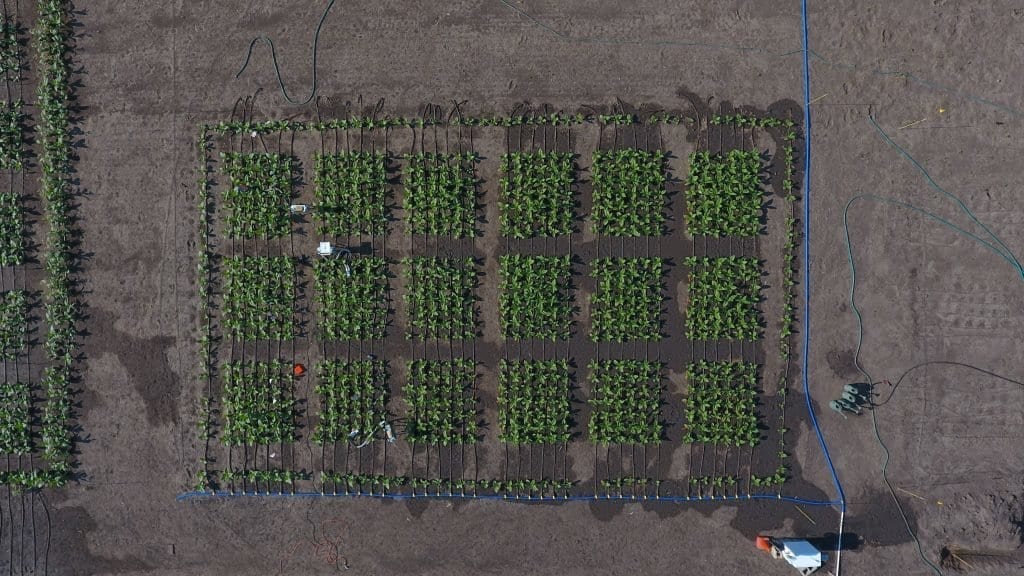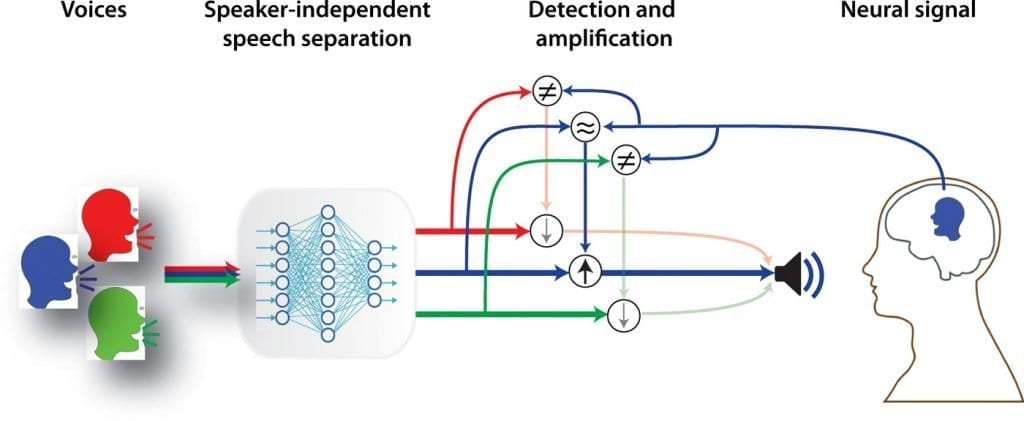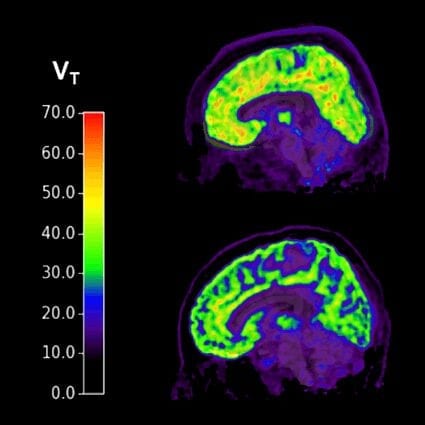
An international team is using advanced tools to develop crops that give farmers more options for sustainably producing more food on less land. To do this, thousands of plant prototypes must be carefully analyzed to figure out which genetic tweaks work best. Today, in a special issue of the journal Remote Sensing of Environment, scientists have shown a new technology can more quickly scan an entire field of plants to capture improvements in their natural capacity to harvest energy from the sun.
“The method we developed allows us to measure improvements we have engineered in a plant’s photosynthesis machinery in about ten seconds, compared to the traditional method that takes up 30 minutes,” Katherine Meacham-Hensold, a postdoctoral researcher at the University of Illinois, who led this work for a research project called Realizing Increased Photosynthetic Efficiency (RIPE). “That’s a major advance because it allows our team to analyze an enormous amount of genetic material to efficiently pinpoint traits that could greatly improve crop performance.”
RIPE, which is led by Illinois, is engineering crops to be more productive by improving photosynthesis, the natural process all plants use to convert sunlight into energy and yield. RIPE is supported by the Bill & Melinda Gates Foundation, the Foundation for Food and Agriculture Research (FFAR), and the U.K. Government’s Department for International Development (DFID).
The traditional method for assessing photosynthesis analyzes the exchange of gases through the leaf; it provides a huge amount of information, but it takes 30 minutes to measure each leaf. A faster, or “higher-throughput” method, called spectral analysis, analyzes the light that is reflected back from leaves to predict photosynthetic capacity in as little as 10 seconds.
“The question we set out to answer is: can we apply spectral techniques to predict photosynthetic capacity when we have genetically altered the photosynthetic machinery,” said RIPE research leader Carl Bernacchi, a scientist with the U.S. Department of Agriculture, Agricultural Research Service, who is based at Illinois’ Carl R. Woese Institute for Genomic Biology. “Before this study, we didn’t know if changing the plant’s photosynthetic pathways would change the signal that is detected by spectral measurements.”
RIPE, which is led by Illinois, is engineering crops to be more productive by improving photosynthesis, the natural process all plants use to convert sunlight into energy and yield. RIPE is supported by the Bill & Melinda Gates Foundation, the Foundation for Food and Agriculture Research (FFAR), and the U.K. Government’s Department for International Development (DFID).
The traditional method for assessing photosynthesis analyzes the exchange of gases through the leaf; it provides a huge amount of information, but it takes 30 minutes to measure each leaf. A faster, or “higher-throughput” method, called spectral analysis, analyzes the light that is reflected back from leaves to predict photosynthetic capacity in as little as 10 seconds.
“The question we set out to answer is: can we apply spectral techniques to predict photosynthetic capacity when we have genetically altered the photosynthetic machinery,” said RIPE research leader Carl Bernacchi, a scientist with the U.S. Department of Agriculture, Agricultural Research Service, who is based at Illinois’ Carl R. Woese Institute for Genomic Biology. “Before this study, we didn’t know if changing the plant’s photosynthetic pathways would change the signal that is detected by spectral measurements.”
Learn more: Study reports breakthrough to measure plant improvements to help farmers boost production
The Latest on: More food on less land
[google_news title=”” keyword=”more food on less land” num_posts=”10″ blurb_length=”0″ show_thumb=”left”]
via Google News
The Latest on: More food on less land
- China halves rice-growing cycle in deserts of Xinjiang, opening new front in food security driveon May 1, 2024 at 2:30 pm
Scientists have successfully grown rice in the harsh deserts of China’s Xinjiang region in half the time compared to conventional farming methods, a major step in the country’s campaign to ensure food ...
- What Makes a Society More Resilient? Frequent Hardship.on May 1, 2024 at 8:00 am
Comparing 30,000 years of human history, researchers found that surviving famine, war or climate change helps groups recover more quickly from future shocks.
- For the First Time, Impossible Foods Offers Best-Selling Impossible™ Chicken From Plants at Whole Foods Marketon May 1, 2024 at 5:37 am
This month, Impossible Foods is bringing its fan-favorite Impossible™ Chicken From Plants to select Whole Foods Market locations in the US, expanding consumer access to delicious, nutrient-dense meat ...
- Comment: Businesses must collaborate with farmers to mitigate half of food system emissions by 2030on May 1, 2024 at 2:09 am
With a third of all greenhouse gas emissions derived from the global food system, and agricultural land use being the largest driver of biodiversity loss and freshwater use, sustainable investment in ...
- Impossible Chicken Is Now Available at Whole Foods Market Nationwideon May 1, 2024 at 12:57 am
In an exciting collaboration, Impossible Foods and Whole Foods Market have joined forces to make Impossible Chicken From Plants available across select Whole Foods Market locations in the US. This ...
- Less choice and higher prices? Britain braces for Brexit checks on food importson April 29, 2024 at 10:00 pm
The UK’s dependence on the EU for fresh food could mean pain for consumers and small businesses as new post-Brexit border checks are rolled out from April 30.
- Land O'Lakes delivers a profit for its dairy unit that, like the industry, has been strainedon April 29, 2024 at 8:13 am
Land O'Lakes saw revenue slip 12%, to $16.8 billion, after hitting a record $19.2 billion in 2022. But profits climbed 5% due in part to charging higher prices for butter and other dairy products even ...
- 8 Best Costco Prepared Foods To Buy And 7 To Avoidon April 28, 2024 at 1:15 pm
Like everything it sells, Costco has a large amount of prepared foods. Not all of them are worth buying, so here are eight to purchase, and seven to forget.
- How to Grow Great Food Plots with Less Herbicide and Fertilizeron April 15, 2024 at 8:26 am
But inevitably, most food-plotters come to see themselves as land stewards and habitat managers, first for deer specifically and then for wildlife more generally. In short, we want to do as much ...
- Climate policy shift forces tropical food farmers to grow more on less landon April 10, 2024 at 5:00 pm
KUALA LUMPUR: Tropical farmers will struggle to meet rising food demand unless they sustainably boost yields on the same land, with rising forest protection and carbon prices aimed at fighting ...
via Bing News











